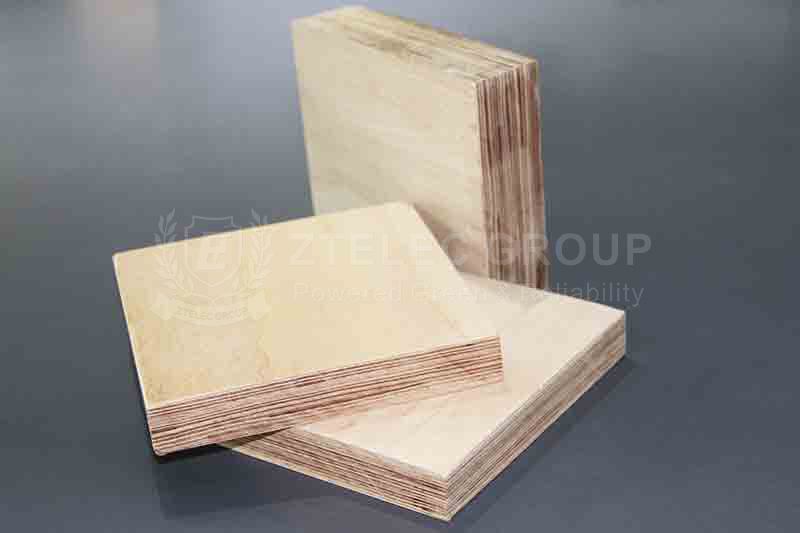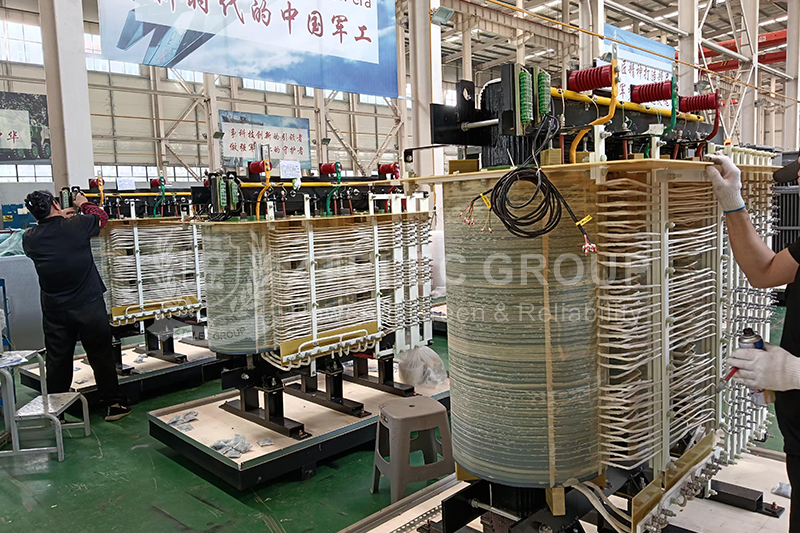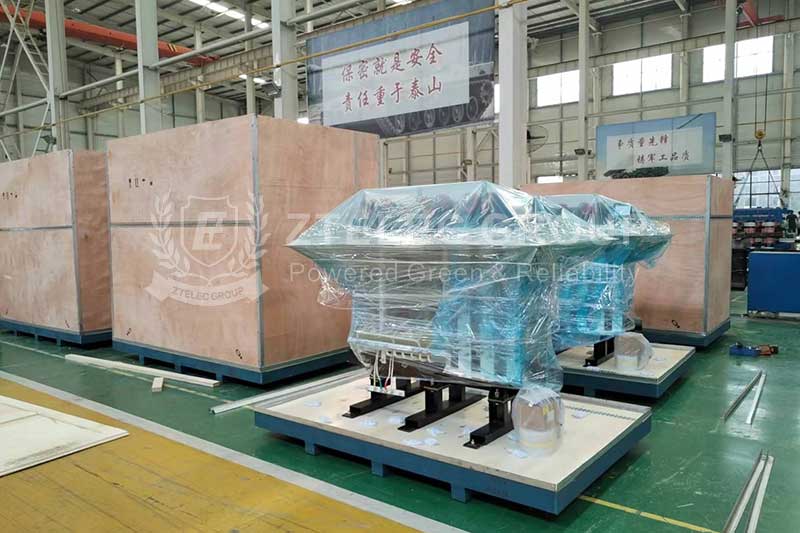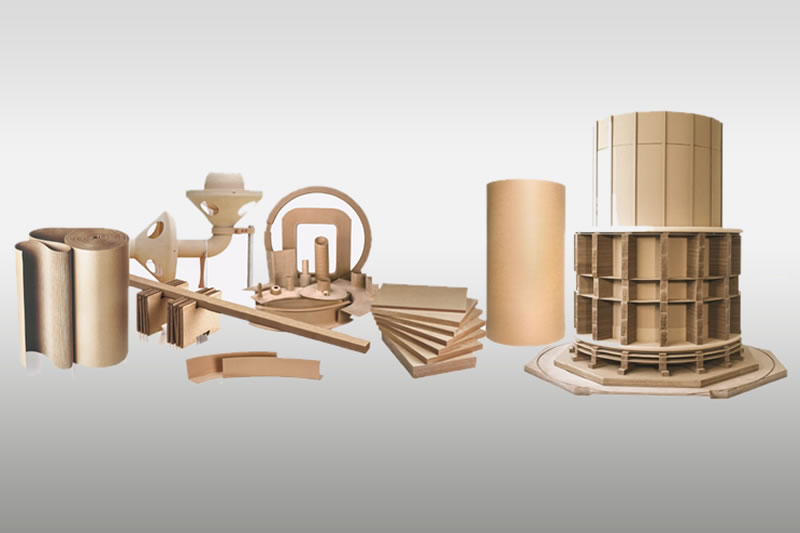What is laminated wood used for?
In the development process of the electrical industry, the selection of insulation materials plays a crucial and pivotal role. With its unique properties and advantages, electrical laminated wood has gradually become a key and irreplaceable part in numerous electrical equipment and systems. Having an in-depth understanding of the uses of electrical laminated wood is of great significance for promoting the development of electrical technology and ensuring the safe operation of electrical equipment. So, what exactly are the uses of electrical laminated wood? This should start with its characteristics and advantages.

Characteristics and Advantages of Electrical Laminated Wood
Good Insulation Performance
Electrical laminated wood has extremely high insulation resistance and electrical strength, which can effectively block the leakage of current and truly ensure the safety and reliability of electrical equipment during operation. Notably, even in harsh environments such as humidity and high temperature, its insulation performance remains stable, establishing a solid and reliable insulation barrier for electrical equipment.
High Mechanical Strength
After being processed by a special technology, electrical laminated wood has excellent mechanical strength and hardness. It can withstand a certain degree of external impact and pressure, and is not prone to deformation or damage. This characteristic enables it to serve as both a structural support component in electrical equipment and ensure that the electrical insulation performance is not affected.
Excellent Heat Resistance
Electrical laminated wood can work stably for a long time at relatively high temperatures. It has a high thermal deformation temperature and will not soften or lose its insulation performance due to an increase in temperature. It is precisely this characteristic that allows it to play an important role in some electrical equipment with strict temperature requirements.
Superior Machinability
Electrical laminated wood is easy to be processed into various shapes and sizes, fully meeting the design requirements of different electrical equipment. Through processing techniques such as cutting, drilling, and milling, it can be made into various components such as insulating partitions, insulating pads, and insulating rods.

Uses of Electrical Laminated Wood
1.Insulation and Support Components in Transformers and Instrument Transformers
Electrical laminated wood is widely used in the field of transformers and instrument transformers. It is often used to manufacture parts such as upper and lower pressing plates, lead wire brackets, yoke pads, and clamping pieces. It can replace traditional materials such as steel plates, insulation paperboards, epoxy paperboards, and epoxy glass cloth boards. It not only reduces the weight of the transformer but also reduces the material cost.
2.Coil Pressing Plates and Clamping Pieces
In transformers and instrument transformers, electrical laminated wood is used to make the pressing plates and clamping pieces of the coils. These components not only have good insulation performance but also quite high strength, fully meeting the various requirements of electrical equipment.
3.Core Pads and Body Insulating Parts of Oil-immersed Transformers
Electrical laminated wood can replace a variety of insulation materials such as epoxy glass cloth boards, epoxy resin paperboards, and phenolic paperboards. It is used for components such as core pads, body insulating parts, and coil insulating pressing plates of oil-immersed transformers. This substitution can significantly reduce the product cost while ensuring the reliability of the product.
The application of electrical laminated wood in transformers is very diverse, and it plays a key role in aspects such as winding support and insulation, core insulation, and lead wire insulation. Its excellent insulation performance, mechanical strength, and heat resistance ensure the stable operation of the transformer under various harsh working conditions, significantly improving the reliability and service life of the transformer.
- more+releated article
- 2025-12-13G10 and FR4 Epoxy Boards: Commonly Used for Ge
- 2025-12-13Comparison of Heat-Resistant DDP Insulating Pa
- 2025-12-12Price of a 1600kVA 10kV Cast Resin Dry-Type Tr
- 2025-12-12How to Choose Epoxy Laminate Materials for Gen
- 2025-12-11Protection Configuration Principles for 35kV D
- 2025-12-11The Price of Heat-Resistant DDP Insulation Pap
- 2025-12-10Application Prospects of 10kV/35kV Oil-Immerse
- 2025-12-09How to Reduce the Maintenance Cost of Oil-Imme
- 2025-12-09How to Choose the Best 110 kV Oil-Immersed Pow
- 2025-12-08Heat-Resistant DDP Insulation Paper





